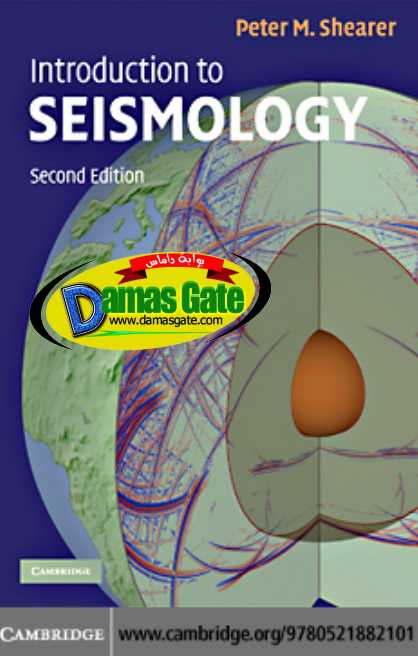Introduction to Seismology

PREFACE TO THE FIRST EDITION
Why another book on seismology? Several excellent texts already exist that cover
most parts of the field. None, however, is ideal for the purposes of an introductory
class. Most simply present far more material than can be adequately covered in a
single quarter or semester. My goal for this book is to produce a readable, concise
introduction to the quantitative aspects of seismology that is designed specifically
for classroom instruction. The result is not as rigorous or comprehensive as Aki
and Richards (1980) or Lay and Wallace (1995), but I hope that it is more suited
for teaching an overview of seismology within a limited time period.
PREFACE TO THE SECOND EDITION
During the last ten years, I have continued teaching the beginning seismology
class at University of California, San Diego, and have received feedback from my
students, as well as other instructors who have been using the book. The second
edition is my attempt to expand on some subjects, clarify parts of the book that have
proven confusing, and update the discussion of current research results. The biggest
changes are to the Source Theory chapter, which now provides a more complete
discussion of non-double-couple sources, stress drop, earthquake scaling, radiated
energy, energy partitioning, and magnitude saturation. However, I have also tried
to remain concise enough that the book can still be used for a one-quarter or onesemester
class, although depending upon the pace of the class it may be necessary
to skip some of the material. Sections flagged with a † are suggestions for possible
areas to skip without much compromise in understanding of the remaining subjects.
The computer subroutines and data for some of the exercises can now be obtained
from , which also contains links to any errors found in
the text and other supplemental information that I plan to add in the future.
Download
*